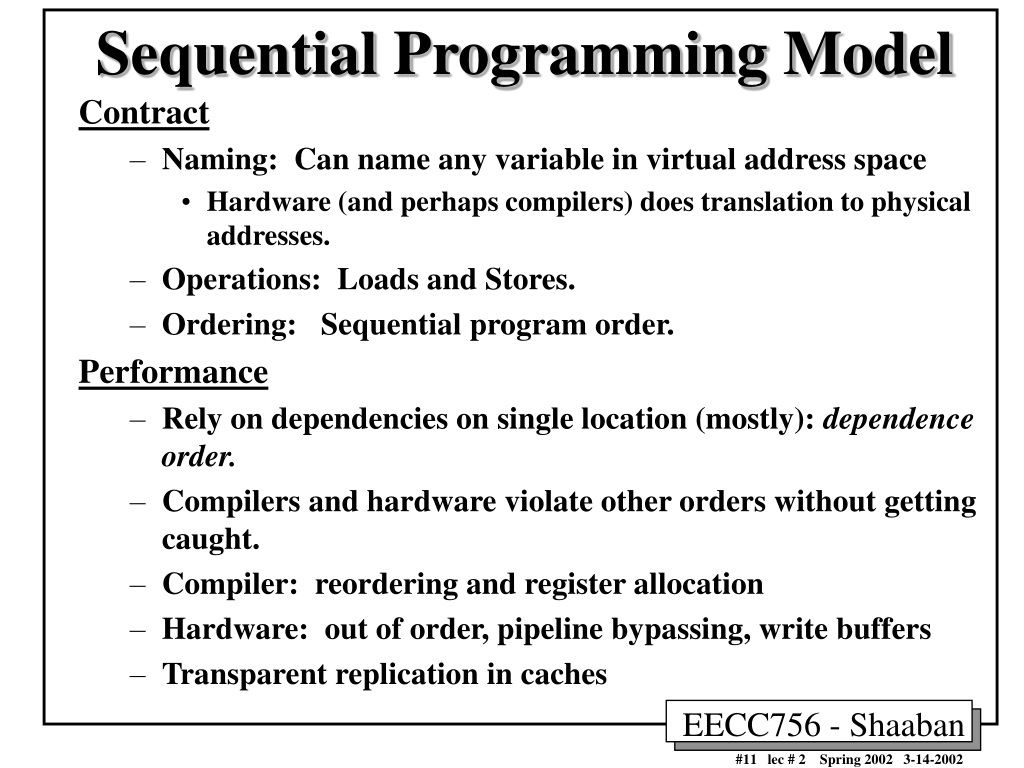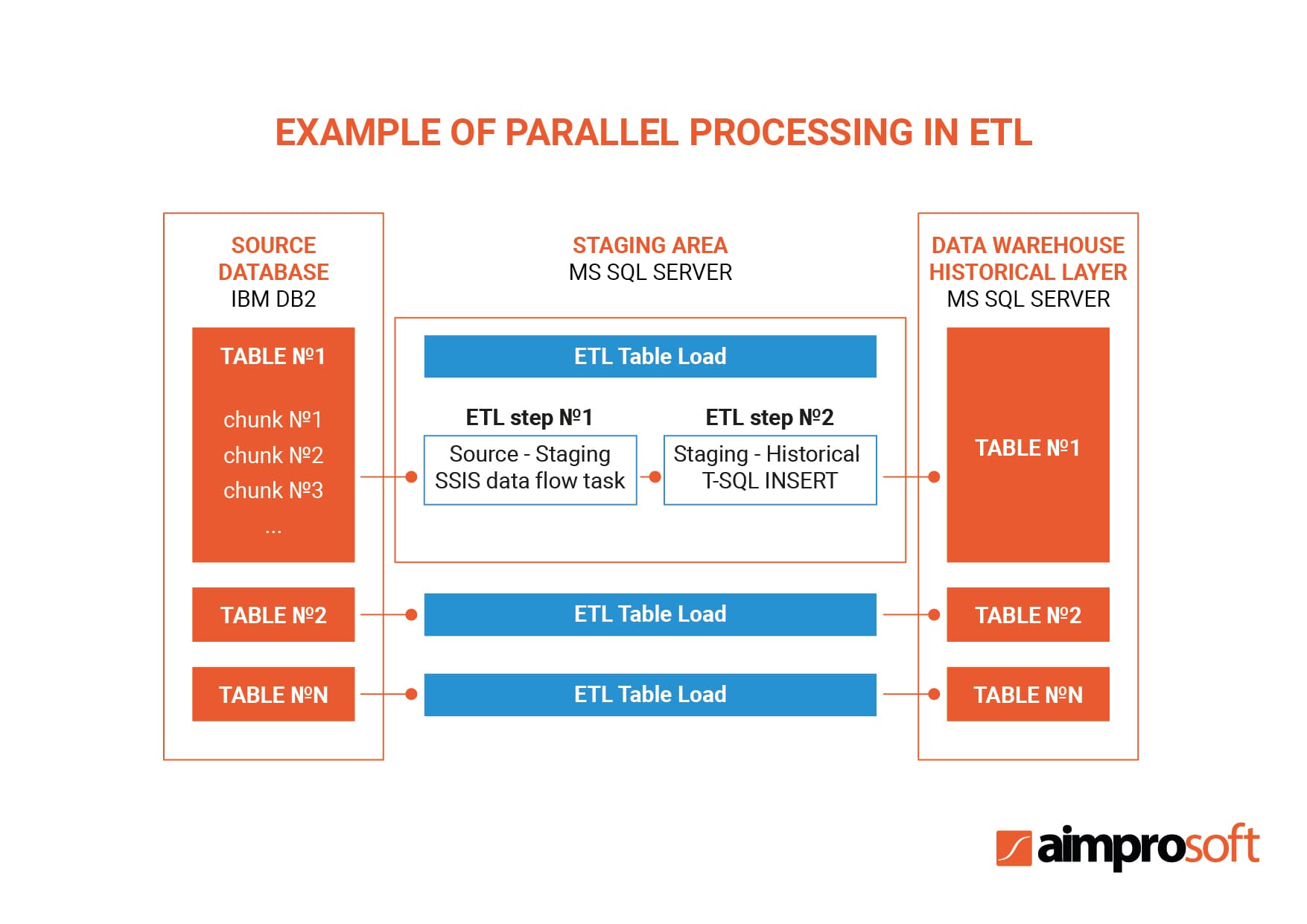


As technology advances and more powerful processors become available, parallel computing can take full advantage of these resources, enabling faster and more efficient processing of data and tasks. Parallel computing offers excellent scalability, meaning it can efficiently handle larger workloads as the number of processing units increases. This is particularly advantageous in tasks like scientific simulations, data analysis, and rendering high-quality graphics. By distributing tasks across multiple processing units, parallel computing can handle complex calculations and data-intensive operations much faster than sequential computing. One of the primary advantages of parallel computing is its ability to significantly improve performance. The medium used for communication between the processors is likely to be hierarchical in large multiprocessor machines. Parallel computers based on interconnected networks need to have some kind of routing to enable the passing of messages between nodes that are not directly connected. In 2012 quad-core processors became standard for desktop computers, while servers have 10 and 12 core processors.
#SEQUENTIAL PROGRAM FASTER THAN PARALLEL SERIAL#
Thus parallelization of serial programs has become a mainstream programming task. Multi-core processors have brought parallel computing to desktop computers. The core is the computing unit of the processor and in multi-core processors, each core is independent and can access the same memory concurrently. To deal with the problem of power consumption and overheating the major central processing unit (CPU or processor) manufacturers started to produce power-efficient processors with multiple cores. This led to the design of parallel hardware and software, as well as high-performance computing. Historically parallel computing was used for scientific computing and the simulation of scientific problems, particularly in the natural and engineering sciences, such as meteorology. Burroughs Corporation introduced the D825 in 1962, a four-processor computer that accessed up to 16 memory modules through a crossbar switch. Also in 1958, IBM researchers John Cocke and Daniel Slotnick discussed the use of parallelism in numerical calculations for the first time. Gill (Ferranti) discussed parallel programming and the need for branching and waiting.

It is generally implemented in operational environments/scenarios that require massive computation or processing power. Parallel computing infrastructure is standing within a single facility where many processors are installed in one or separate servers which are connected together. The primary objective of parallel computing is to increase the available computation power for faster application processing or task resolution. This type of computing is also known as parallel processing. Most supercomputers employ parallel computing principles to operate. Processed simultaneously. These tasks are distributed among multiple processing units, such as CPU cores or computer nodes, to achieve a substantial reduction in processing time. In contrast, parallel computing breaksĭown complex problems into smaller, independent tasks that can be It is a type of computing architecture in which several processors execute or process an application or computation simultaneously. Traditional computing follows a sequential execution model, where tasksĪre executed one after the other. Parallel computing is the use of two or more processors (cores, computers) in combination to solve a single problem. In this article, we will delve into what parallel computing is, explore its advantages, and discuss its disadvantages. This innovative approach to computation allows multiple tasks or processes to be executed simultaneously, significantly boosting performance and efficiency. In the world of computing, where data and processing demands are ever-increasing, parallel computing has emerged as a game-changer.


 0 kommentar(er)
0 kommentar(er)
